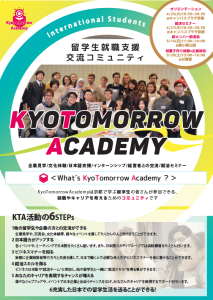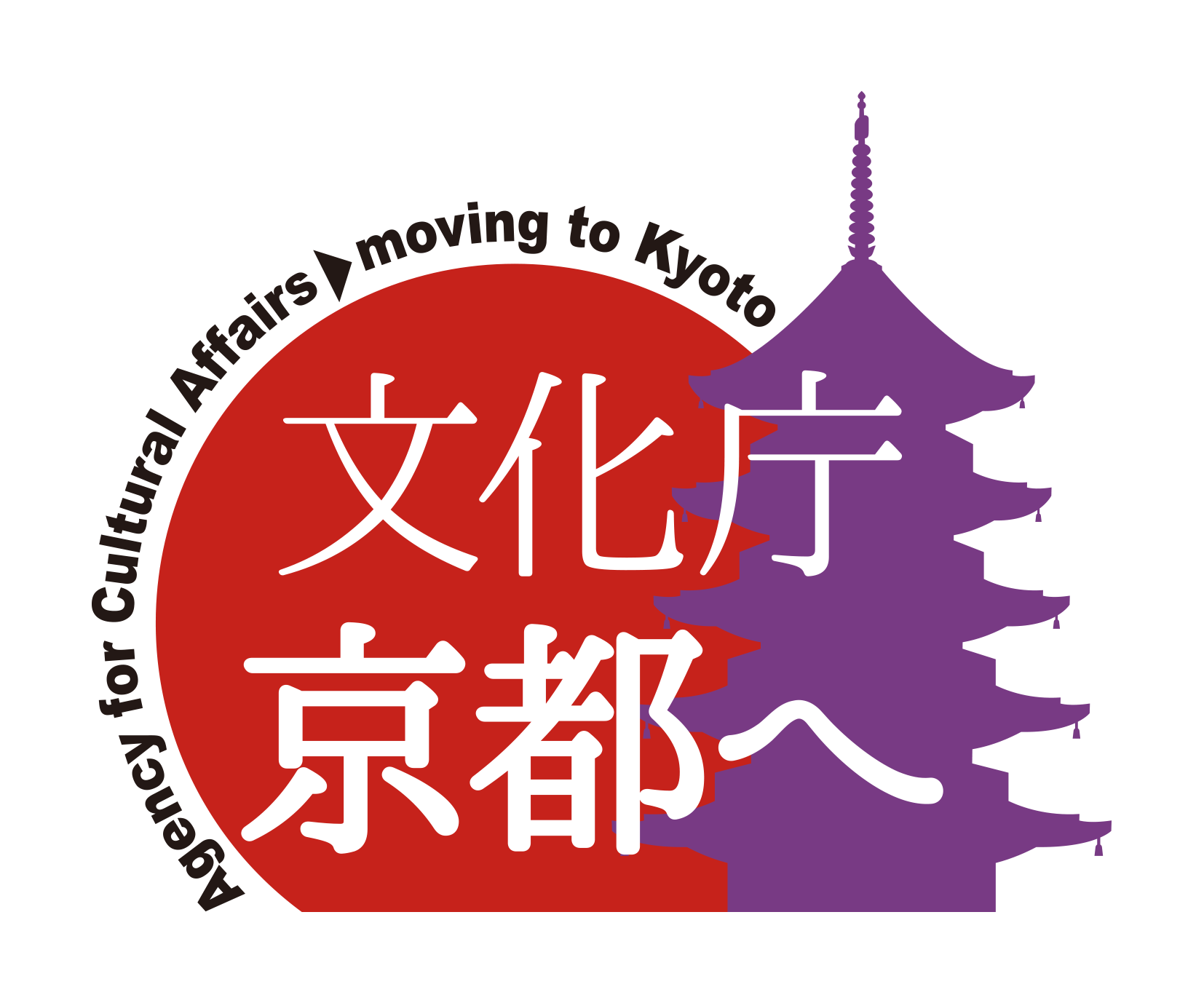The Kyoto Student Festival is an opportunity for Kyoto students who transcend the boundaries of universities to collaborate with the business community, government, local communities, and universities, to disseminate “Kyoto as a student city” to society, further revitalize the Kyoto region, and create new attractions.
I am working hard every day to achieve this goal.
This year marks the 15th anniversary of the establishment of the Kyoto Student Festival. In Kyoto, which is called “Kyoto City of Students” with the theme of creating “Kyoto Student Culture”, students themselves become “culture”, learn about Kyoto’s culture, and
We will create a new culture with a student-like personality.
By connecting it to the main festival of the Kyoto Student Festival (held on October 8), which is the culmination of these efforts, we aim to make the festival more rooted in Kyoto and loved by people while demonstrating the student’s personality.
The first event, “15th Anniversary Festa in Ukyo feat. Subway Tozai Line 20th Anniversary,” will be held on Sunday, June 4 at Kyoto Gakuen University’s Kyoto Uzumasa Campus.
In addition to the Kyoen merry-go-round, which includes various cultures and holds a 360-degree parade that resembles a merry-go-round, a fashion show by international students in collaboration with the project to commemorate the 150th anniversary of the return of Taisei, and the 20th anniversary of the opening of the Tozai Subway Line.
Mr./Ms. has a lot of project contents that can be enjoyed by everyone from small children to adults, such as a driver experience using a collaborative train simulator.
The University Consortium Kyoto supports the various activities that students carry out on a daily basis, and we will support them so that they can make the most of them at the culmination of the festival (October 8).
The students of the executive committee are also looking forward to seeing you, so please come to the venue.
Outline of the event
Kyoto Student Festival 15th Anniversary Festa in Ukyo feat. 20th Anniversary of the Tozai Subway Line
(Flyer)
★ We have put up posters on the subway line, so please look for them.
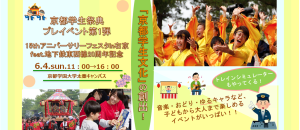
< Notice> Kyoto Student Festival 15th Anniversary Festa in Kyoto Station Building & Underground Mall Porta
| Re |
Sunday, August 27, 2017 |
| place |
Kyoto Station Building, Kyoto Station Underground Shopping Mall Porta |
The details of the project will be updated closer to the date and time of the event, so please wait until then.
Report on the 14th Kyoto Student Festival
▼Click here for details▼
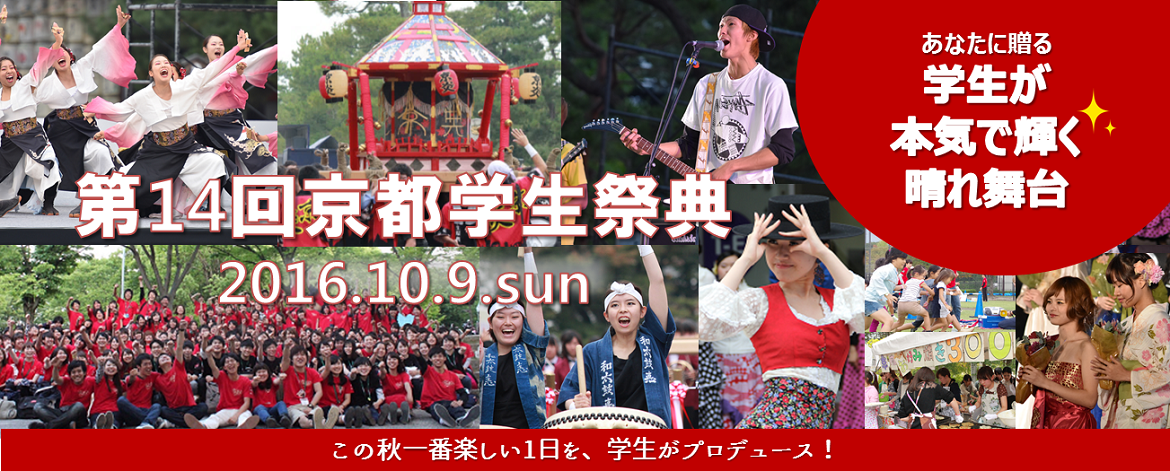
brochure


Activities
If you would like to know more about the Kyoto Student Festival, check out this site!
▼Official Website/Official SNS Site▼



Contact us
The 15th Kyoto Student Festival Executive Committee
〒600-8216 Kyoto-shi, Shimogyo-ku, Nishitoin-dori, Shiokoji Shimoru Campus Plaza Kyoto (closed on Mondays)
【TEL】075-353-9432 【FAX】075-353-9431
[E-mail] saiten15th-ml■consortium.or.jp (Please replace ■ with @ and send it)
[Official Web Page] http://www.kyoto-gakuseisaiten.com/
![]()














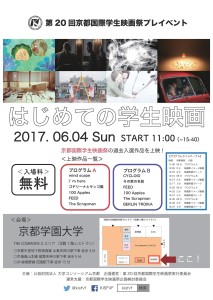
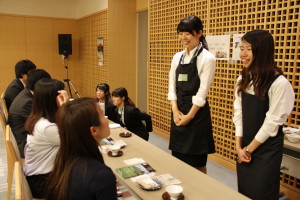
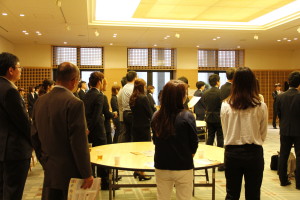





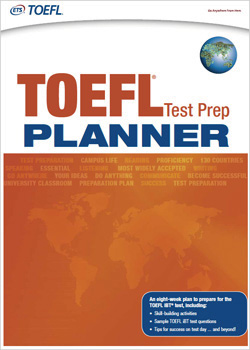
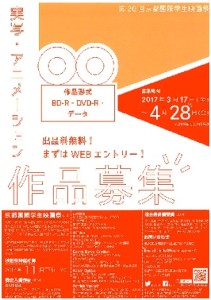
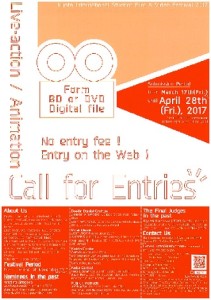
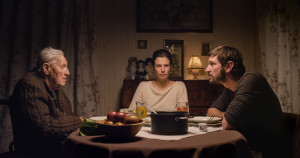
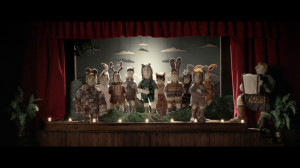
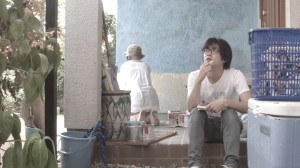
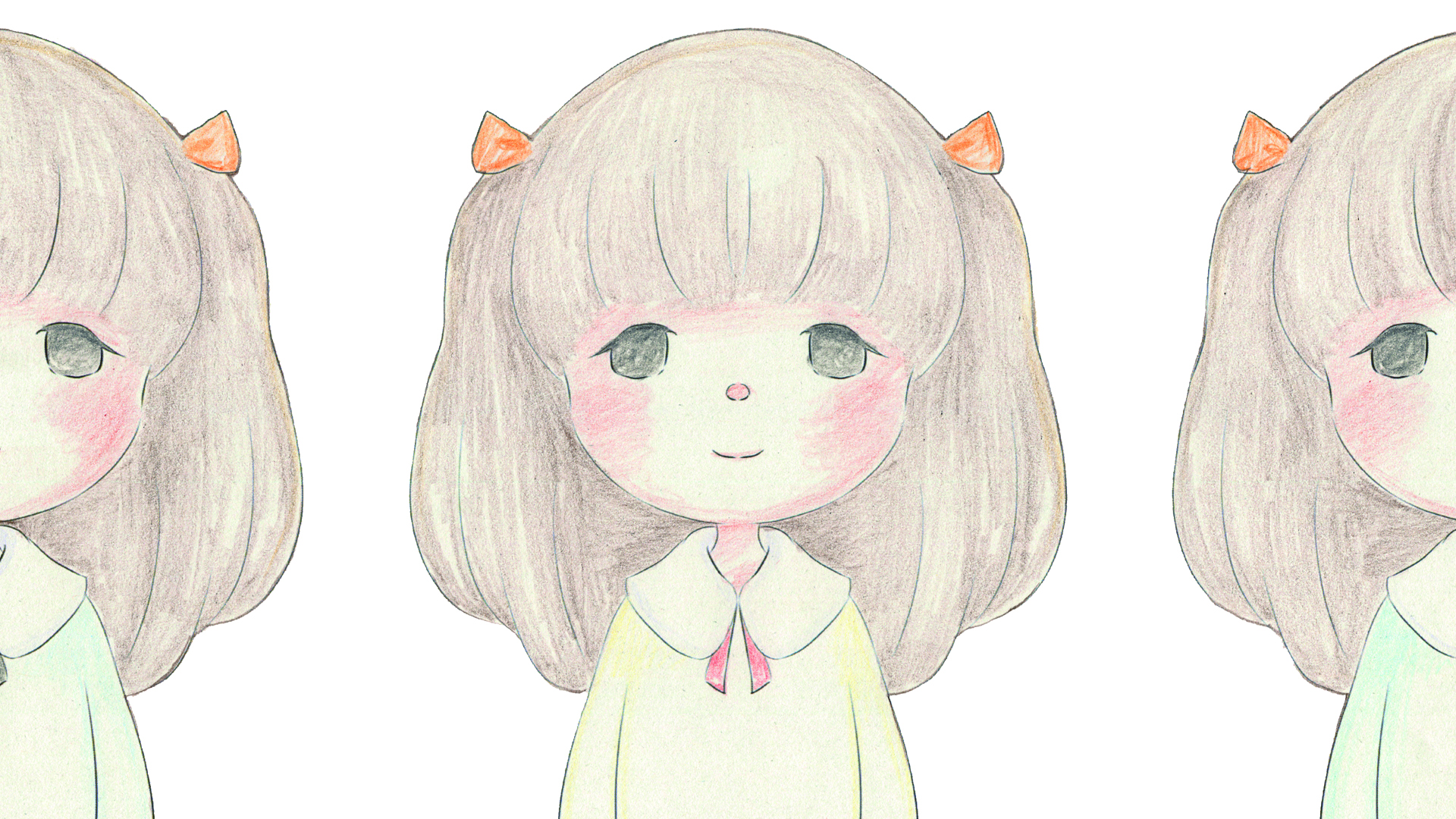
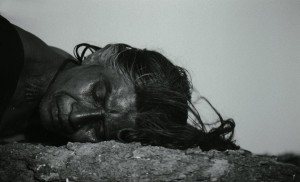
 【https://www.facebook.com/KISFVF】
【https://www.facebook.com/KISFVF】 【@kisfvf】
【@kisfvf】 【https://kisfvf.amebaownd.com/】
【https://kisfvf.amebaownd.com/】